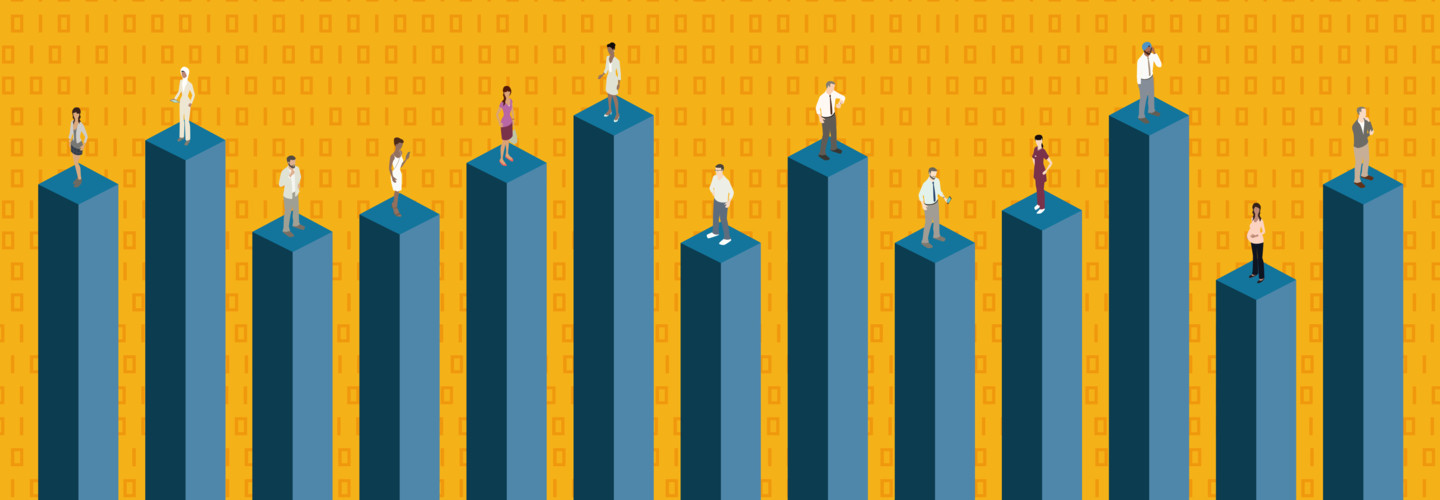University Leaders Should Expect a Shift in Measurement of Learning Outcomes
The tried-and-true credit hour is so entrenched in higher education, it’s hard to imagine a system that doesn’t measure students’ academic progress in units of classroom time. Generally speaking, if a student reaches 120 hours, he or she will be walking across the stage to claim a bachelor’s degree.
But the conversation around learning outcomes is changing, in part because of new technology-supported capabilities. Educators are asking if there are better ways to assess students’ attainment of pedagogical objectives. The New Media Consortium’s “Horizon Report: 2017 Higher Education Edition” predicts that in the next three to five years, this question — How should we measure the success of the educational mission? — will become pressing.
We are moving toward a broader approach, with measurements that better reflect the diverse skills and abilities that students may acquire on campus and from internships, study abroad and other learning experiences. For example, competency-based education is designed to let students demonstrate what they know, not just how many hours they’ve sat in a classroom. This is a shift away from a strictly quantitative model to a more qualitative one that captures the intangible, but extremely valuable, proficiencies that higher education is designed to develop.
SIGN UP: Get more news from the EdTech newsletter in your inbox every two weeks!
New Learning Environments Leverage Data
What’s making this shift possible, according to NMC’s report, are developments in data mining, online and mobile learning, and learning management systems. These facilitate the creation of “learning environments that leverage analytics and visualization software to portray learning data in a multidimensional and portable manner.” Learning analytics, the report notes, give colleges a way to gather and analyze data for rich insights into the learners’ environment and progress: for example, what types of pedagogy are most effective and how to deliver well-timed feedback to individuals to ensure ongoing improvement.
Rather than dispense a one-size-fits-all curriculum that leaves some students behind, educators can leverage data-driven insights to tailor their teaching to the needs of individual students. Wearables that capture biometric data are another potential tool to help students and educators optimize learning conditions, NMC says. Finally, data-driven dashboards can give students unprecedented insights into their own learning, far beyond the comparatively blunt tool of a letter grade.
These trends dovetail with another emerging trend, blockchain, that a few early adopters are already putting to work in higher education. With blockchain serving as a digital ledger, it will be easier and faster for employers and graduate schools to verify students’ credentials. But another benefit is that blockchain may expand the range of educational achievements beyond traditional degrees. By decentralizing the academic record, it would let students submit a wider variety of learning experiences that better reflect their educational growth.
Personalization Drives Flexibility
Of course, none of this was around circa 1905, when the Carnegie Foundation for the Advancement of Teaching established the credit hour and defined 120 of them as a Carnegie unit. In a report aptly subtitled “A Century-Old Standard in a Changing Education Landscape,” the foundation notes, “Today, the Carnegie unit is under intensifying critique from educators and education policymakers who want to make student performance more transparent and the delivery of education more flexible.”
One of the most important words in that sentence is “flexible.” Flexibility is precisely what students want from their institutions, and technology is helping many of them achieve it. In concrete ways, technology solutions make it easier for students to pursue their educational goals and thus to acquire all the many types of competencies we want them to achieve. Consider virtual desktop infrastructure, distance learning systems, top-notch Wi-Fi, device-agnostic curricula, mobility — all tools that empower students to learn when, where and how they want to.
This kind of personalization of the learning process is the perfect complement to greater personalization in how we measure learning outcomes. Both serve to tailor education to the individual learner and to deliver a more meaningful reflection of his or her progress.
This article is part of EdTech: Focus on Higher Education’s UniversITy blog series.









